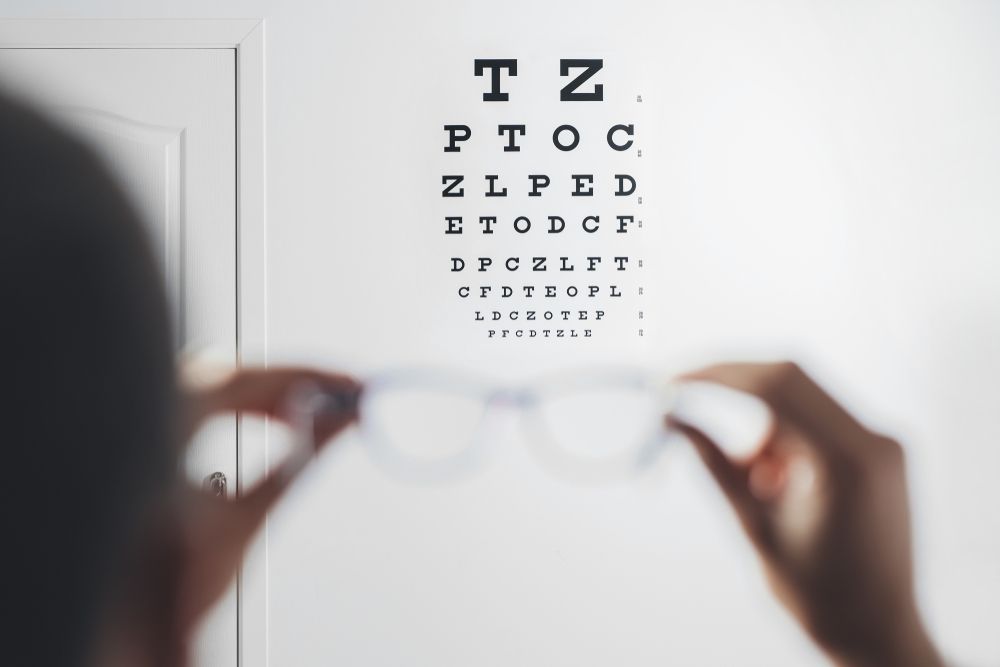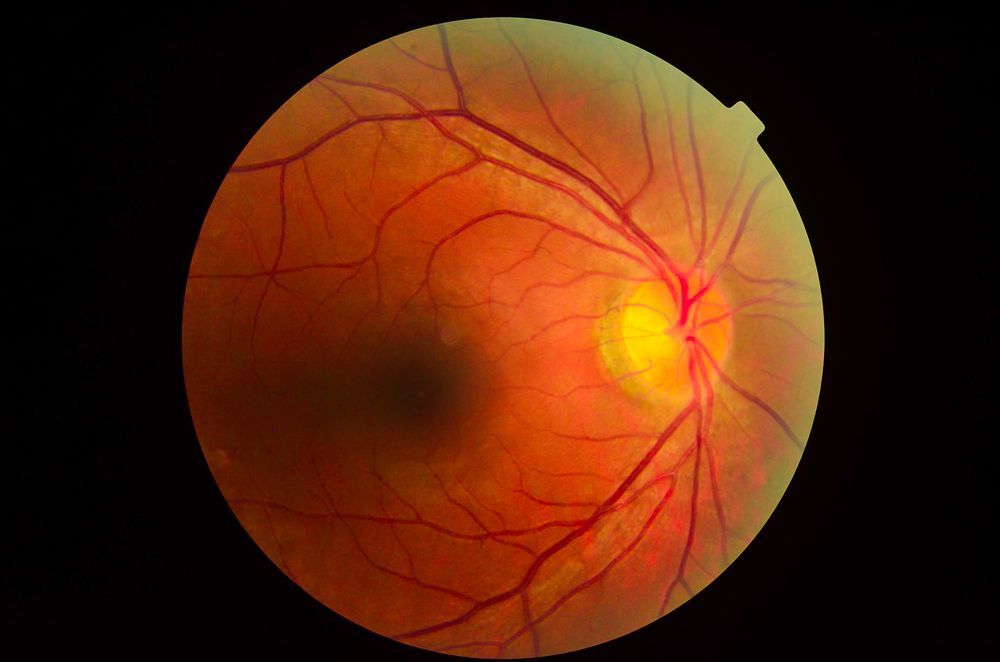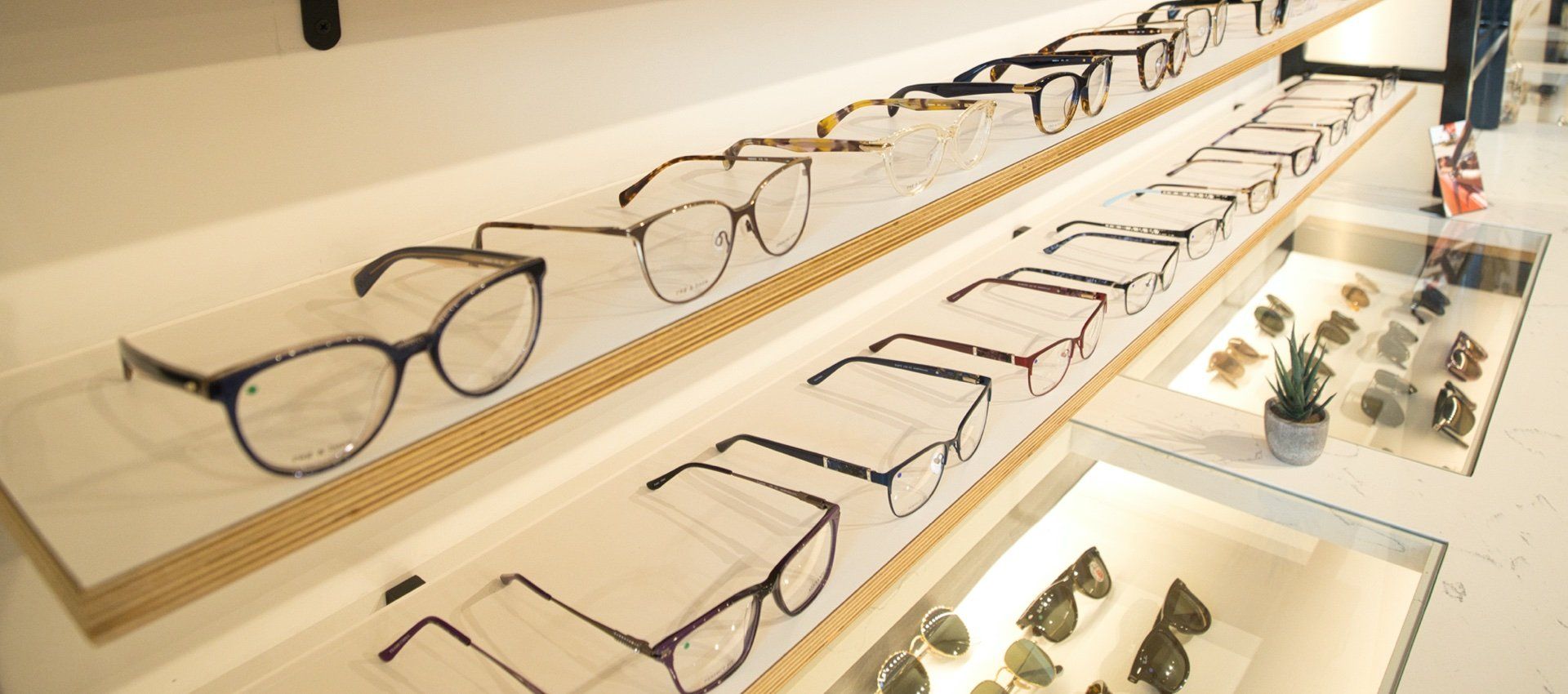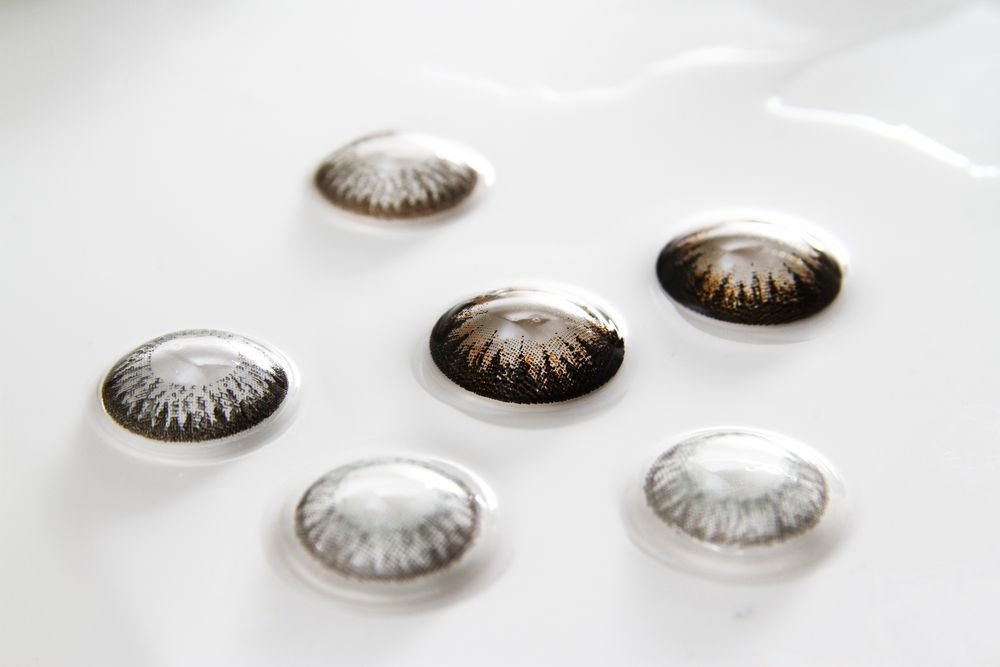Astigmatism is one of the most common vision conditions, yet it’s often misunderstood. If you or a loved one has been told you have astigmatism, you may have questions about what it means, how it affects your eyesight, and what treatment options are available. At Blake Bush Family Eye Care in Ardmore, Oklahoma, our team is here to explain this condition in clear terms so you can make confident decisions about your eye health.
In this guide, we’ll cover:
- What astigmatism is
- The causes of astigmatism
- Symptoms to watch for
- How astigmatism is diagnosed
- The most effective treatment options
- Frequently asked questions about living with astigmatism
What Is Astigmatism?
Astigmatism is a refractive error, which means it affects how light enters your eye and focuses on your retina. In a perfectly shaped eye, the cornea (the clear front surface of your eye) and the lens are evenly curved, allowing light to focus sharply at one point. With astigmatism, the cornea or lens has an irregular shape—more like a football than a basketball.
This irregular curve causes light rays to focus at multiple points, either in front of or behind the retina, instead of directly on it. The result is blurry or distorted vision at both near and far distances.
Astigmatism is not an eye disease. It is simply a variation in how your eyes bend light. Many people with astigmatism also have other refractive errors, such as myopia (nearsightedness) or hyperopia (farsightedness).
Causes of Astigmatism
Astigmatism can occur for several reasons, and in many cases, it’s present from birth. Here are the most common causes:
1. Irregular Corneal Shape
Most cases of astigmatism are due to an unevenly curved cornea. Instead of being round and symmetrical, the cornea is shaped more like an oval. This disrupts how light enters the eye, causing blurred vision.
2. Lens Irregularities
In some cases, astigmatism is caused by an irregular shape in the lens inside the eye. This is called lenticular astigmatism.
3. Genetics
Astigmatism often runs in families. If your parents or siblings have it, you are more likely to develop it as well.
4. Eye Injuries or Surgery
An injury to the eye or surgical procedures, such as cataract surgery, may change the shape of the cornea and lead to astigmatism.
5. Keratoconus and Other Corneal Conditions
In rare cases, progressive eye diseases like keratoconus (thinning and bulging of the cornea) can cause severe, irregular astigmatism that requires specialized treatment.
Symptoms of Astigmatism
The severity of astigmatism varies from person to person. Mild cases may go unnoticed, while more significant cases can cause disruptive symptoms, including:
- Blurry or distorted vision at all distances
- Difficulty seeing clearly at night
- Eyestrain or fatigue, especially after reading or screen use
- Headaches caused by straining to focus
- Squinting to see more clearly
If your child has astigmatism, you might notice them squinting frequently, rubbing their eyes, or avoiding close-up tasks like reading.
Because symptoms can overlap with other vision conditions, it’s important to schedule a comprehensive eye exam for an accurate diagnosis.
How Is Astigmatism Diagnosed?
At Blake Bush Family Eye Care, we use advanced diagnostic tools to measure the shape of your cornea and lens with precision. During a comprehensive exam, we may perform:
- Visual acuity tests: Reading letters on an eye chart to assess sharpness of vision.
- Keratometry: Measuring the curvature of the cornea.
- Refraction tests: Using lenses to determine the prescription that provides the clearest vision.
- Corneal topography: Creating a detailed map of your cornea’s surface, especially helpful for complex cases.
These tests allow us to confirm whether you have astigmatism, determine its severity, and recommend the best treatment option.
Treatment Options for Astigmatism
The good news is that astigmatism can be corrected effectively. Your treatment plan depends on the degree of astigmatism, your lifestyle, and your eye health. Here are the most common solutions:
1. Eyeglasses
Eyeglasses are the simplest and most common way to correct astigmatism. Special cylindrical lenses counteract the uneven curvature of your eye, allowing light to focus properly on the retina.
Advantages:
- Easy to use
- Widely available
- Provide sharp, clear vision
2. Contact Lenses
Contact lenses provide a wider field of vision than glasses and may offer sharper clarity. Options include:
- Toric contact lenses: Designed specifically for astigmatism, with different powers in different meridians of the lens.
- Gas permeable lenses: Rigid lenses that hold their shape and mask corneal irregularities.
- Scleral lenses: Large-diameter lenses that rest on the sclera (the white of your eye), creating a smooth optical surface.
At Blake Bush Family Eye Care, Dr.Bush specializes in fitting patients with scleral lenses for astigmatism and other complex conditions.
3. Orthokeratology (Ortho-K)
This non-surgical treatment uses specially designed contact lenses worn overnight to temporarily reshape the cornea. The result is clear vision during the day without glasses or contacts.
4. Refractive Surgery
Laser eye surgeries like LASIK or PRK can permanently reshape the cornea to correct astigmatism. Not everyone is a candidate, so a thorough evaluation is necessary.
5. Treating Underlying Conditions
In rare cases where astigmatism is caused by diseases like keratoconus, additional treatments such as corneal cross-linking or even corneal transplants may be recommended.
Living with Astigmatism
Astigmatism is very manageable with the right treatment. Here are a few tips:
- Schedule regular eye exams: Astigmatism can change over time, and regular checkups ensure your prescription stays current.
- Protect your eyes: Wear sunglasses outdoors and protective eyewear during sports or activities.
- Monitor symptoms: If you notice increased blurriness, headaches, or changes in night vision, let your eye doctor know.
- Consider lifestyle needs: If you play sports, spend long hours on screens, or have dry eye disease, your treatment plan can be tailored for maximum comfort and clarity.
Frequently Asked Questions About Astigmatism
Is astigmatism permanent?
Astigmatism is usually a lifelong condition, but it can be corrected with glasses, contacts, or surgery.
Can astigmatism get worse over time?
Yes, it can change gradually, especially during childhood and teenage years. That’s why
regular eye exams are essential.
Can astigmatism cause headaches?
Yes. When your eyes strain to focus, it can lead to frequent headaches. Correcting your vision typically resolves this issue.
Can children have astigmatism?
Absolutely. Astigmatism can be diagnosed in children as young as six months. Early detection is key to supporting healthy vision and learning.
Is LASIK safe for astigmatism?
Yes, many patients with astigmatism are excellent candidates for LASIK, though an evaluation is required to confirm eligibility.
The Importance of Early Detection
Astigmatism is common, but it can interfere with daily life if left uncorrected. Blurry vision, headaches, and eyestrain don’t have to be part of your routine. At Blake Bush Family Eye Care, we use the latest technology to detect astigmatism early—even in young children—and provide customized solutions to keep your vision clear.
Whether you need new glasses, are curious about contact lenses, or want to explore advanced treatments like scleral lenses or refractive surgery, our doctors are here to guide you.
Schedule Your Comprehensive Eye Exam in Ardmore
If you’ve noticed blurry vision, frequent headaches, or difficulty focusing, you may have astigmatism. The first step to clearer vision is a thorough exam with a trusted optometrist.
👉 Call Blake Bush Family Eye Care today at (580) 223-7333 or schedule your appointment online.
Your eyes deserve the best care—and we’re here to help you see clearly for a lifetime.











